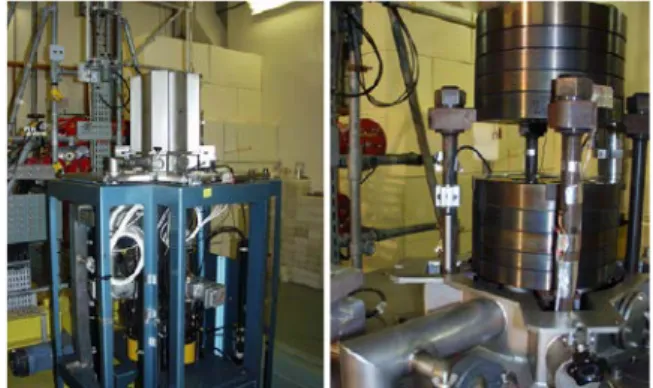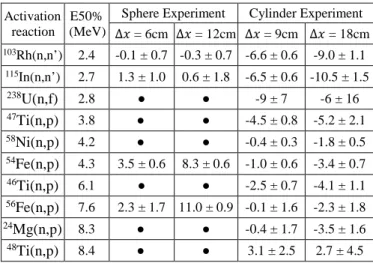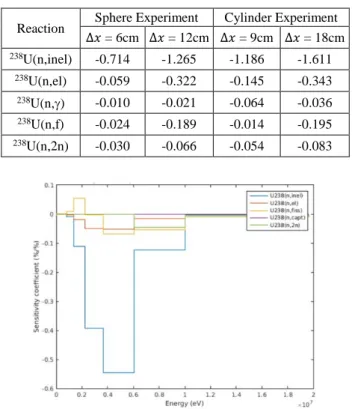Validation of the $^{238}$U inelastic scattering cross section through the excalibur dedicated experiment
Texte intégral
Figure




Documents relatifs
2 Venn diagrams of differentially expressed genes (DEGs) identified in pairwise comparisons between heifers (H) and post-partum lactating (L) and non-lactating (NL) cows in the
However, a significant decrease of the low-frequency Raman intensity at 300 °C can be observed, i.e., at sintering temperatures below the temperature range where the average
The purpose of this paper is to demonstratie a direct way of Computing sensitivity coefficients in linear programs when a constraint coefficient corresponding to a basic variable
Recorded biological responses in paleo-records can be used as the testing ground of models deeply rooted in competing ecological and evolutionary theories (Figure 2) [103].
Those findings bring unambiguous evidence for temporal pools of individual substance homologues in soil(Lichtfouse 1999).The wide age difference of 31.8 years
Ground or balloon-based electric field mills or antenna systems can be used to estimate J in (1.1) (see [6,7]).. which gives us the pre-flash potential φ 0 of Theorem 1.1. 4.2)
Even though we have, both in ( ) and ( ), something new coming to be (a musician in the irst case, a musical man in the second), the change of Socrates’ learning music as a whole is
They include a theoretical connection between the linear sampling method and MUSIC algorithm [16] for point-like scatterers; a numerical comparison between the linear
